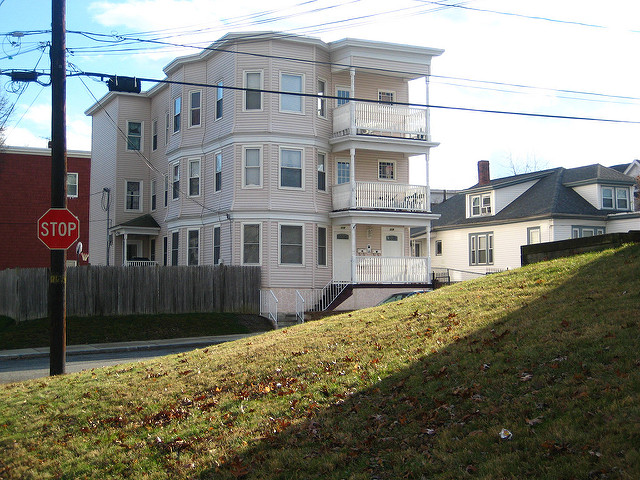3 Window Replacement Questions to Ask for Your Historic Renovation
Despite the inherent charm of older buildings with unique and original windows, there can be overriding reasons for installing replacements. If you realize, when you look at — or through — your old glass, that the view isn’t quite what it should be, you might be thinking it’s time to set your sights on improvement. Before you move ahead, however, there are some factors to consider:
5 Factors to Consider
- Historical Accuracy: Is it important to preserve historic details? Is authenticity a neighborhood requirement?
- Heat Loss and Energy Savings: Windows typically account for no more than 25 percent of heat loss in a building. If your primary goal is to save on energy bills, will replacing windows be cost effective?
- Ongoing Upkeep and Maintenance Cost: Whether your windows are old or new, there will be some continuing costs to keep them in prime condition. Weigh the costs, time and effort associated with maintaining older wood windows and storm units against newer materials that are more apt to be maintenance free.
- Overall Costs of Materials and Labor: What will the total bill be for replacement?
- Finally, consider how the replacement windows will “coexist” with existing trim and materials. Appropriate decisions hinge not only on the look, but also the performance of each component in tandem with other materials and elements of design.
3 Window Replacement Questions to Ask
-
- Are the current windows damaged?
Windows of unusual size or design and those that feature stained, tinted or leaded glass inserts, have carved trim or unique muntin patterns, are often sought-after architectural features, and sometimes they are difficult to duplicate with modern materials. If the glass is broken or damaged, of course, you have no choice but to go with contemporary replacements. - Do you need to retain historic purity?
There are up-to-date options that can simulate an older look, if that is what you require. The “look” of old windows, particularly in historic neighborhoods, is a distinguishing feature, and some Boston residents opt to forego the benefits of insulated glass and low-E qualities in favor of historic purity. - Efficiency requirements?
If you are in the market for new windows with all the appeal of the old ones, what must you do to retain the character of the original architecture? Are wood windows more or less efficient than metal frames or vinyl cladding? Are storm windows necessary? Will modern replacements last as long as the originals? What special considerations does Boston weather require? These are all good questions.
- Are the current windows damaged?
Out with the Old, In with the New
Today, you’re in luck, because several manufacturers supply window units built to replicate historic sizes and styles. Often, it is a relatively simple matter for your contractor to remove the old and insert the new. In some cases, there might be slight differences in mullion width and trim adjustments in trim size necessary, but an experienced contractor will be familiar with varying requirements and should be able to help you with ideas.
Several companies also offer the option of custom sizing and will work with you to mimic historical details. In effect, they can help you make those new windows look old!
Improve Your View
New England Building Supply has the resources to offer you great options, whether you’re interested in redoing an existing brownstone or building a new version of an earlier Victorian. We can also help with replacement windows for old factory buildings, as well as more energy efficient solutions for industrial plate glass and drafty mid-Century metal casements. We’ll work with you or your contractor to help you improve your view to the outside world. But, it’s up to you to check with the city and with your neighborhood about those permits and specific guidelines.
There’s a lot to know about windows — more than we can explain here, but we’ll be happy to talk more with you! Just stop by to talk with us located right here in the heart of the city.

